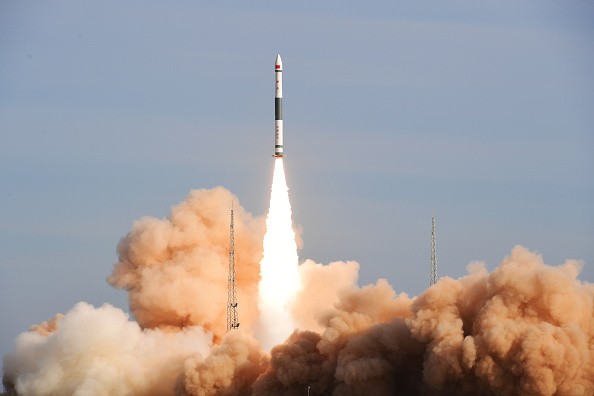The China National Space Administration is in preparation for the launch of its Kaituozhe-2A rocket that will deliver an experimental satellite into orbit. The launch will be the first for this variant of the KT-2 family.
Although there are no official details about the tall launch vehicle, it is said that it will be 35 meters tall, will have a weight capacity of 4,409 pounds, and will be capable of launching a rocket into a 310-mile orbit.
The KT-2A is based on China's Dong Feng 31 intercontinental ballistic missile. It consists of a central core of three stages along with two strap-on boosters, all of which are solid fueled.
The intermediate-class rocket is set for its maiden flight from the Jiuquan Satellite Launch Center, which is located in far northwestern China, near Mongolia. The launch center was the launch site of DFH-1, China's first successful domestic satellite.
More Chinese launches have occurred in Jiuquan than anywhere else in the country. All of China's crewed missions, as well as its two space stations, took off from this location.
The launch center is well positioned for the high-inclination launches of rockets. Its Pad 603 will likely play host for this China rocket mission and may be the launch pad for Tiankong-1, the country's latest experimental satellite.
Pad 603, also known as "Jianbing Pad," is part of the South Launch Site of the launch center. It is used for most of the uncrewed launches of China. Rockets that use this pad are assembled vertically on the pad with a crane.
Pad 921, another part of the South Launch Site, has been used to launch the Shenzhou crew vehicle and space laboratory modules. Rockets bound for this pad are built in a vehicle assembly building and rolled out.
If KT-2A flies, it will be China's third space mission in 2017. The "Long March 3B" was launched on Jan. 5 and the "Kuaizhou 1A" was launched on Jan. 9 this year.
The "Long March 2D" is expected to fly by the end of March. It will carry two communications satellites for CNSA.



























